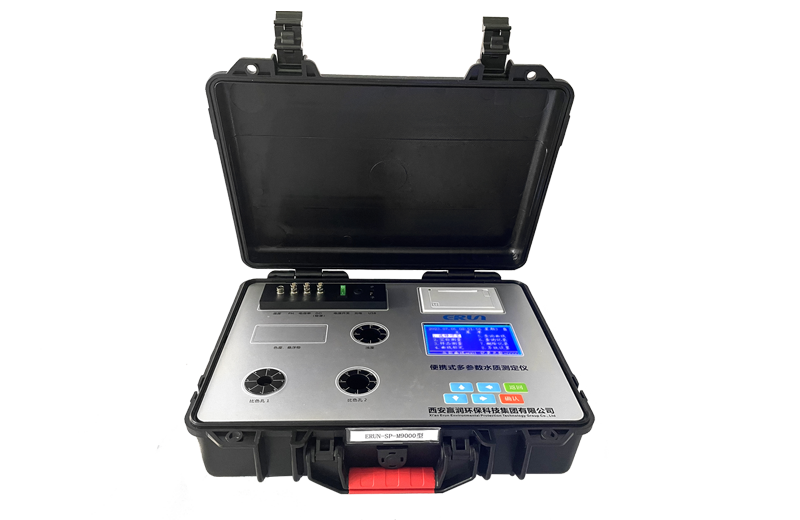The protection of the ecological environment has become a global consensus, and for the water environment, the detection of water pollutants is an important basis for assessing the status of water quality and formulating treatment measures.Water quality indicators are an important basis for measuring the quality of water bodies and can be categorised as physical, chemical, biological and radiological indicators, depending on the nature and source of the pollutant.These indicators provide a comprehensive picture of the physical state, chemical composition, biological communities and radioactive contamination of the water body.In this paper, we will analyse in detail the water quality indicators required for ecological water pollutant testing and their testing standards.

physical indicator
Temperature: affects the survival and reproduction of organisms in the water, and standards are usually set according to the type of water body and ecological needs.
Colour and transparency: reflect the content of suspended and dissolved substances in water, which is important for water quality assessment.
Turbidity: Reflects the amount of suspended solids by measuring the intensity of scattered light in the water, and is an important indicator for judging the cleanliness of water.
Chemical indicators
pH: Indicates the acidity or alkalinity of a body of water, which has an important effect on the growth and chemical reactions of organisms, and is generally controlled between 6.5 and 8.5.
Dissolved oxygen: an important indicator of the self-purification capacity of the water body, generally required to be not less than 4mg/L to maintain biological respiratory needs.
Conductivity: Reflects the content of dissolved salts in water and is an important indicator for evaluating the salinity of water quality.
Chemical Oxygen Demand (COD): an indicator to measure the degree of organic matter pollution in a water body, generally required not to exceed a certain limit (e.g., surface water ≤ 30mg/L).
Five-day Biochemical Oxygen Demand (BOD5): Reflects the content of biodegradable organic matter in the water body, and is an important parameter for evaluating the self-purification ability of the water body.
Ammonia nitrogen, nitrate nitrogen, nitrite nitrogen: reflecting the transformation process of nitrogen in water bodies and the degree of pollution, standards need to be set according to the type of water body and ecological needs.
Total Phosphorus and Total Nitrogen: Important indicators of eutrophication in water bodies, excessive levels can easily lead to algal blooms, causing environmental problems such as water blooms.
bioindicator
Total Bacteria and Coliforms: Reflects the degree of contamination and microbiological safety of the water body.
Plankton: Includes phytoplankton and zooplankton, whose species and abundance can reflect the trophic status and ecological health of the water body.
Benthic organisms: reflect the health of the bottom ecosystem of the water body, which is important for assessing the degree of water pollution and the effect of ecological restoration.
Radioactive indicators
Total alpha radioactivity, total beta radioactivity: a measure of the amount of radioactive material in a body of water, which is essential for safeguarding human health and ecological safety.
Testing standards for ecological water pollutants are usually based on national laws and regulations and relevant standards.In China, a series of water quality standards have been developed, such as the Environmental Quality Standards for Surface Water (GB 3838-2002) and the Hygienic Standards for Drinking Water (GB 5749-2006).These standards detail specific limits and testing methods for various water quality indicators, providing a legal basis for water quality monitoring and pollution control.
With the development of science and technology, water quality testing technology is also advancing.Currently, commonly used water quality testing methods include spectrophotometry, electrochemistry, chromatography, mass spectrometry, and biosensor methods.These methods have the advantages of high sensitivity, good accuracy and easy operation, and can meet the needs of different water quality indicators.
ERUN-SP7, a portable ecological water quality tester produced by Erun Environmental Protection, can quickly and accurately determine a variety of water quality parameters,Including but not limited to COD, ammonia nitrogen, total phosphorus, total nitrogen, chromaticity, pH, suspended solids, heavy metal ions, etc., to fully meet the water quality monitoring needs.Whether it's for research, teaching or on-site testing, it's easy to do.If you need detailed information about the product, please contact customer service directly.
